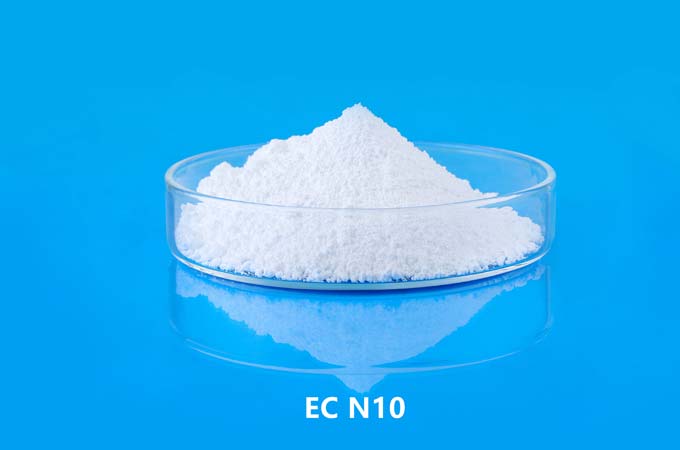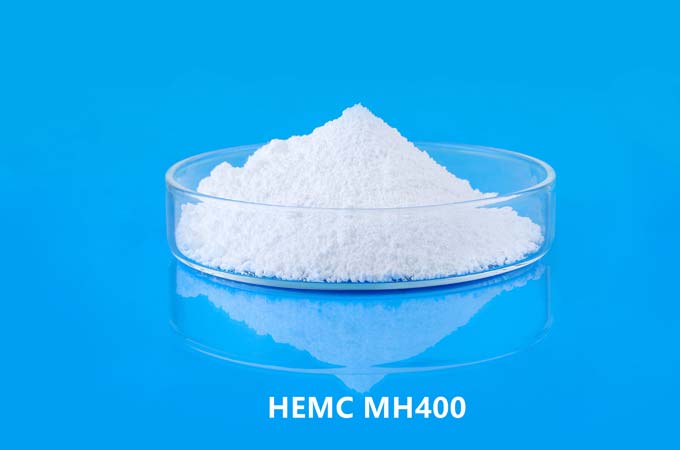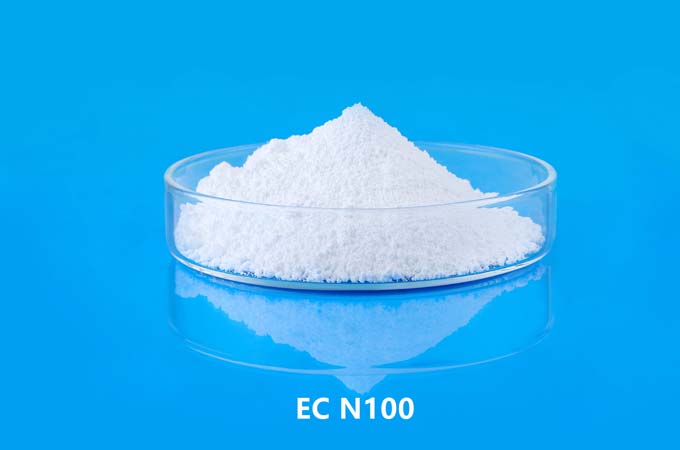Hydroxypropyl Methyl Cellulose (HPMC), Hydroxyethyl Cellulose, Sodium Carboxymethyl Cellulose
Types of cellulose ethers
The so-called thickener, as the name implies, is an additive—cellulose ethers—that increases the viscosity of the system to maintain a stable and suitable viscosity during the production, transportation, storage, and construction of the system.
Cellulose is a natural polymer substance formed by condensation of β-glucose. Using the characteristics of the hydroxyl group in the glucosyl ring, cellulose can undergo various reactions to generate a series of derivatives, among which the most important cellulose derivatives are cellulose esters or cellulose ethers generated after esterification and etherification reactions derivative.
Common products include carboxymethyl cellulose ( 9004 32 4 ), hydroxyethyl cellulose ( 9004 62 0 ), methyl cellulose ( 9004 67 5 ), hydroxypropyl methyl cellulose ( 9004 65 3 ), etc. Since carboxymethyl cellulose contains sodium ions that are easily soluble in water, it has poor water resistance. Moreover, the number of substituents on its main chain is small, so it is very susceptible to corrosion by bacteria and decomposes, which reduces the viscosity of the aqueous solution and causes the solution to have a bad smell. It is rarely used in latex paint, generally used in low-grade PVA glue, paint and putty.
The dissolution rate of methylcellulose in water is generally slightly lower than that of hydroxyethylcellulose. In addition, during the dissolution process, there may be a small amount of insoluble matter, which will affect the appearance and feel of the paint film, so it is rarely used in latex paint. However, the surface tension of methylcellulose aqueous solution is slightly lower than other cellulose solutions, so it is a good cellulose thickener in putty.
Hydroxypropyl methylcellulose is also a cellulose thickener widely used in the field of putty, and is currently mainly used in cement-based or lime-calcium-based putty (or other inorganic binders).
Compared with other celluloses, hydroxyethyl cellulose has less influence on paint film properties due to its good water solubility and water holding capacity, so it is widely used in latex paint systems. Hydroxyethyl cellulose has the advantages of high pump efficiency, good compatibility, good storage stability, and good viscosity and pH stability; the disadvantages are poor leveling fluidity and poor splash resistance. In order to improve these shortcomings, hydrophobically modified hydroxyethyl cellulose (HMHEC) appeared.
 English
English 日本語
日本語 français
français Deutsch
Deutsch Español
Español italiano
italiano русский
русский português
português العربية
العربية Türkçe
Türkçe Nederland
Nederland



